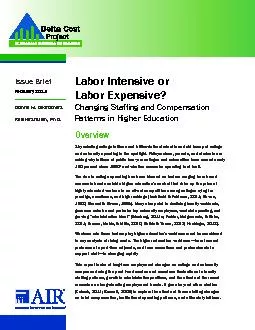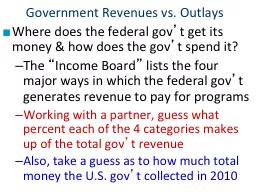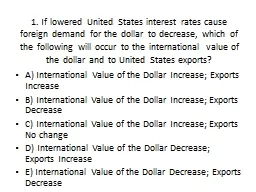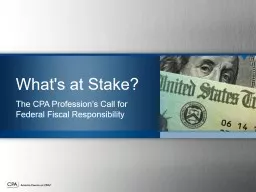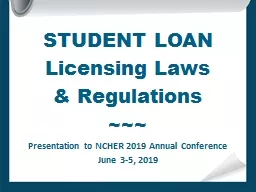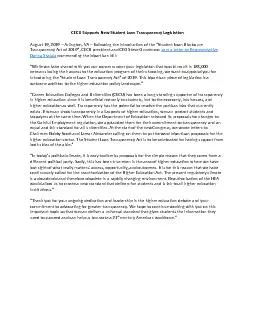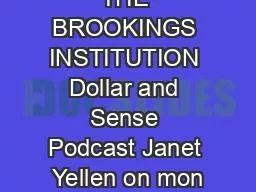PDF-OverviewSkyrocketing college tuitions and trillion-dollar student loan
Author : luanne-stotts | Published Date : 2016-01-15
February 2014Donna M DesrochersRita Kirshstein PhD Patterns in Higher Education The overarching trends show that between 2000 and 2012 the public and private nonprot
Presentation Embed Code
Download Presentation
Download Presentation The PPT/PDF document "OverviewSkyrocketing college tuitions an..." is the property of its rightful owner. Permission is granted to download and print the materials on this website for personal, non-commercial use only, and to display it on your personal computer provided you do not modify the materials and that you retain all copyright notices contained in the materials. By downloading content from our website, you accept the terms of this agreement.
OverviewSkyrocketing college tuitions and trillion-dollar student loan: Transcript
Download Rules Of Document
"OverviewSkyrocketing college tuitions and trillion-dollar student loan"The content belongs to its owner. You may download and print it for personal use, without modification, and keep all copyright notices. By downloading, you agree to these terms.
Related Documents

